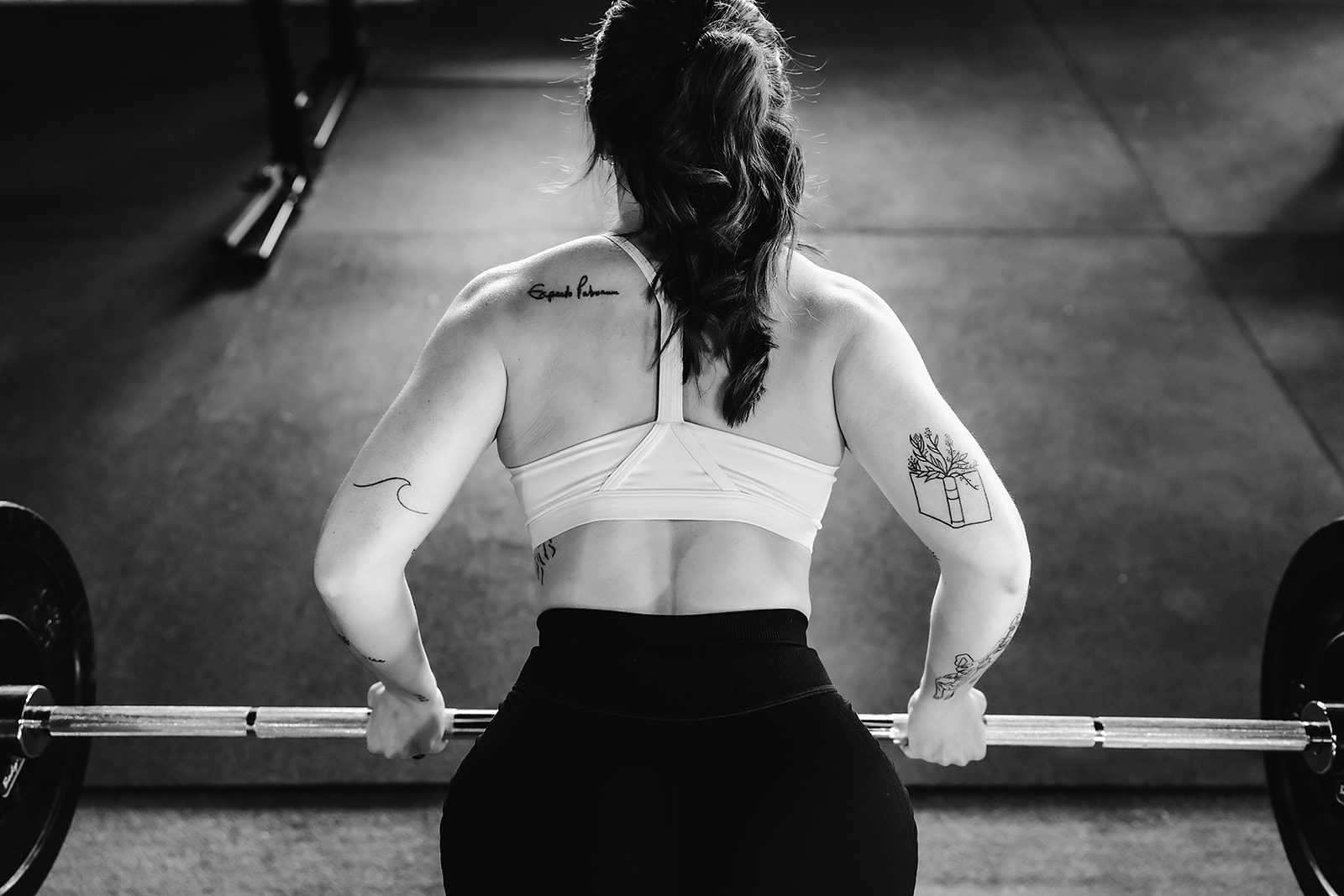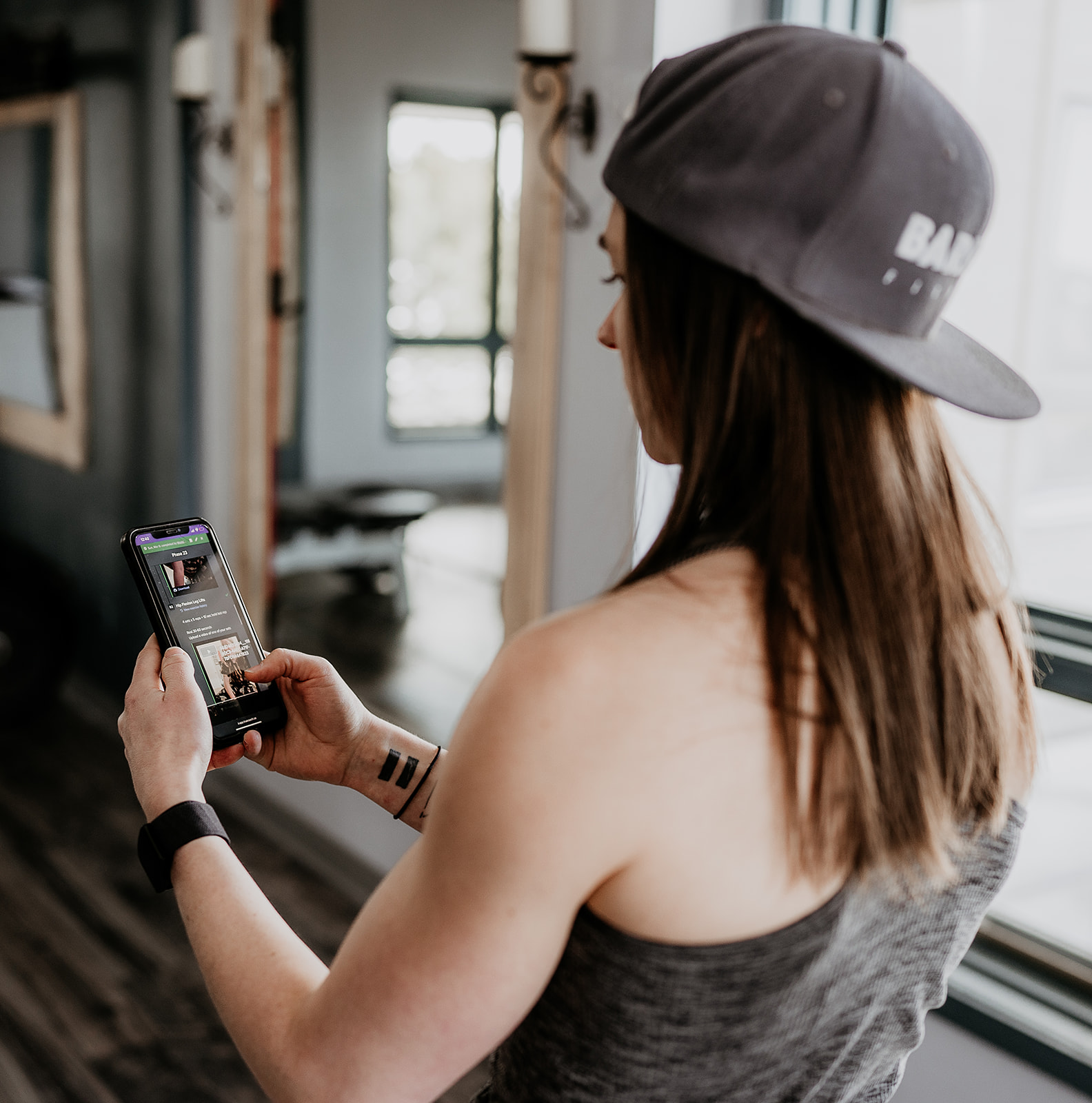If you’ve ever felt pressured to barbell back squat or deadlift from the floor because “that’s what real lifters do,” you’re not alone. Social media and gym culture often glorify heavy compound lifts as the gold standard, but the truth is, your training should be built around your body, goals, and capabilities. Movements like squats and hinges are essential, but how you perform them looks different based on your anatomy, mobility, and experience. This article goes over what movements are necessary and what’s optional when incorporating squatting and hinging movements into a routine.
If you’d rather, watch, you can check out the live podcast recording instead.
Do You Really Need to Squat or Back Squat?
The short answer: yes, you need to squat. But no, you never have to back squat. Let’s break down why.
Squatting is one of the eight foundational movement patterns in strength training. If your goal is a well-rounded and effective routine, squatting in some form is essential. But the traditional barbell back squat is just one option. There are many variations that train the same pattern more effectively or safely for certain individuals—like split squats, lunge variations, goblet squats, and Zercher squats.
Your anatomy, mobility, and training goals will help determine which variation is best for you. For example, people with long femurs may struggle to maintain a neutral spine at the bottom of a back squat, which can lead to discomfort or increased injury risk.
Before progressing to a barbell back squat, it’s critical to master unilateral squat variations with good form. These build strength, stability, and balance between sides—key components that prepare the body for bilateral, spine-loaded movements. If one side is significantly weaker, it can lead to compensation and injury in a barbell back squat.
Are Deadlifts Necessary?
Deadlifts are a hinge movement, another foundational pattern in strength training. So yes—hinging should be a part of your program to grow the glutes, hamstrings, back and core. But deadlifting from the floor with a barbell and plates is not mandatory for everyone.
Your anatomy, goals, injury history, and current movement capacity all influence whether barbell deadlifts are appropriate. Some lifters may never deadlift from the floor, and that’s completely fine.
That said, if you’re able to work toward safely performing a deadlift from the floor, doing so under the guidance of a qualified coach can be beneficial. Deadlifts allow for higher loading potential, similar to the back squat, and can build total-body strength when done properly.
There are plenty of effective hinge movements that don’t start from the floor. In fact, learning the hinge pattern is best done through exercises like Romanian Deadlifts (RDLs) or good mornings. Other great hinge options include: Rack pulls, single-leg deadlifts, posted (kickstand) deadlifts, cable pull-throughs. These variations reduce the complexity and joint stress while still building strength and improving movement quality.
Deadlifts From the Floor? Not a Must
There are many legitimate reasons to skip conventional deadlifts from the floor:
- Your proportions make the lift uncomfortable
- You need more hinge training before adding load
- You have an injury
- Your goals don’t require it
Many other movement patterns are more accessible and equally effective for building general strength and muscle. If you do choose to deadlift from the floor, consider:
- Starting with elevated pulls (using blocks or bumper plates)
- Prioritizing position and control over heavy loads
- Using tempo or pause variations to add difficulty without maxing out
Squats, Deadlifts & Other Lifts—But Make It Work for You
Just because social media is full of heavy squats and deadlifts doesn’t mean you need to do them. What you do need is to train all eight foundational movement patterns in a way that feels right for your body.
Your training should be challenging but enjoyable. If your coach is pushing barbell squats or deadlifts before you’re ready, or if they ignore your feedback about discomfort, mobility issues, or personal preference, it may be time to find a different trainer. The risk of injury increases when movements are performed with poor form or before you’re physically prepared. A good coach will meet you where you’re at and build from there.
Alternatives to Squatting & Lifting
Squats
split squats
Lunge Variations
Goblet Squats
Zercher Squats
Hinge Movements
Romanian Deadlifts
Good Mornings
Rack Pulls
Single-leg Deadlifts
Posted Deadlifts
Why Movement Matters
Movement is the foundation of all effective strength training. The eight foundational movement patterns—like squats and hinges—are essentials. They’re how we pick things up, get off the ground, climb stairs, and stabilize ourselves in everyday life. Training these patterns improves our strength, stability, mobility, and resilience, helping prevent injury and making daily activities easier.
But how you train each movement should depend on your body: your anatomy, mobility, injury history, and goals. There’s no universal rule that says you must back squat or deadlift from the floor. What matters most is that you train the movement patterns in a way that feels good, keeps you consistent, and challenges you appropriately.
When movement is adapted to the individual, it builds confidence and longevity in training. It becomes sustainable. That’s why movement matters—not just for performance, but for function, Safety, and quality of life.
Fitness Rules Are Guidelines, Not Laws
Fitness and strength training have guidelines, but not laws. Every person is different, and your program should be individualized. There’s no such thing as a cookie-cutter routine. Some people have hip impingement and can’t do a barbell squat. Others have femur lengths that don’t allow them to squat to parallel. That’s okay—even though the general guideline is to reach full range of motion with the hips below parallel. This is why working with a coach is so important: they can provide movement accommodations that work best for your body and abilities.
Ask yourself what your goals are: strength, mobility, hypertrophy? Maybe all three? Be honest about what movements feel good and keep you consistent, and be just as honest about what you’re lacking, whether that’s strength, mobility, or stability, before loading up your spine just because someone told you that you should. If you need help with this, ask your coach, or hire a personal trainer.
Want to learn more about Back Squats, Deadlifts, and if they should or shouldn’t be a part of your strength training routine? Listen to episode 235 of the Stronger Than Your Boyfriend Podcast: Are Squats and Deadlifts Necessary?



